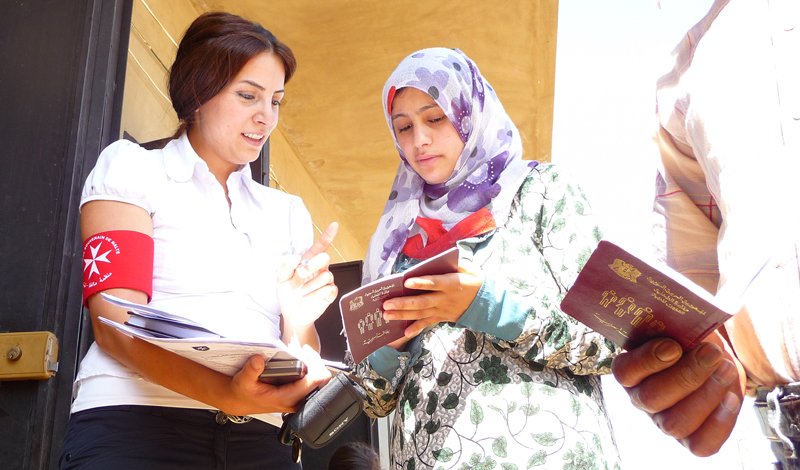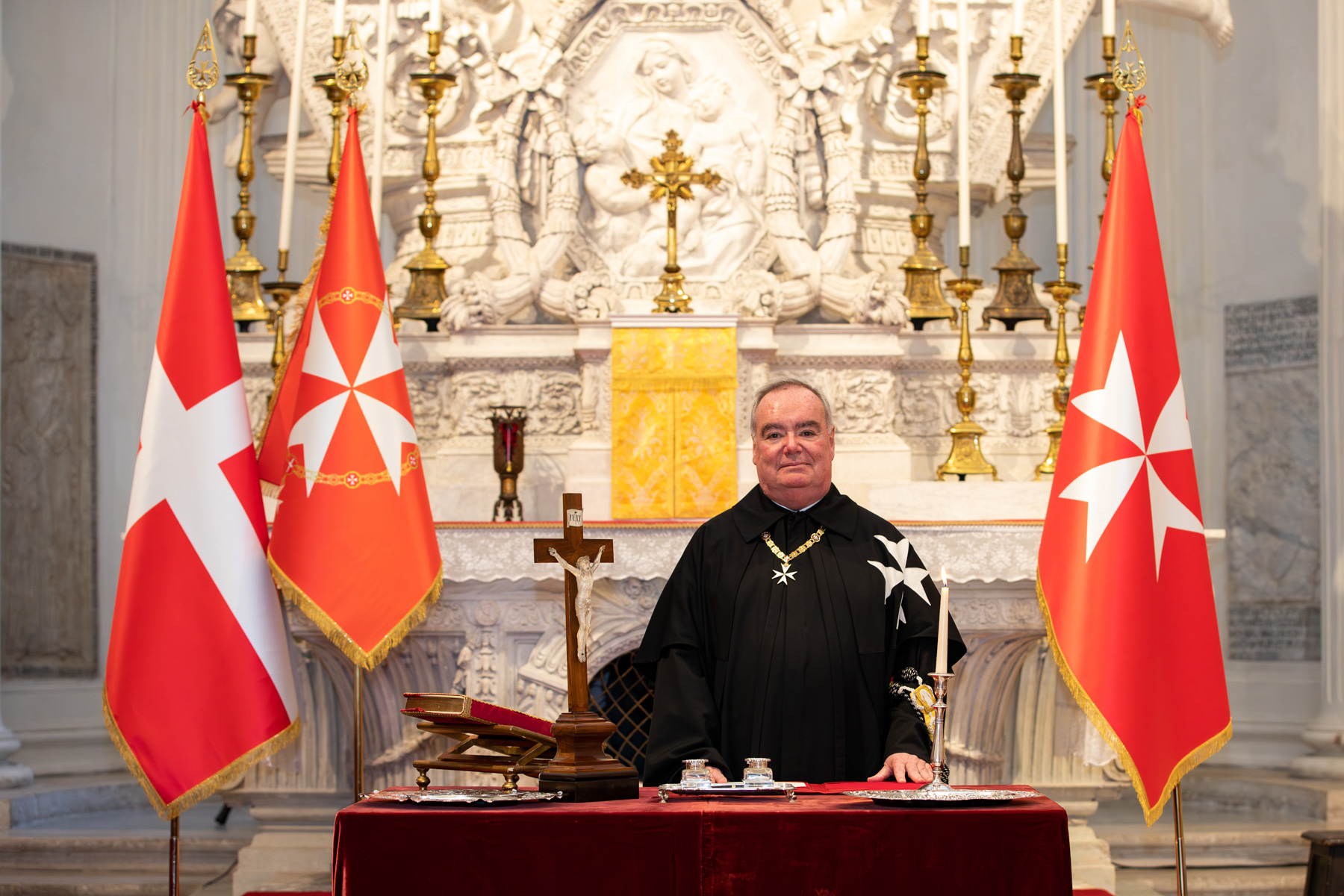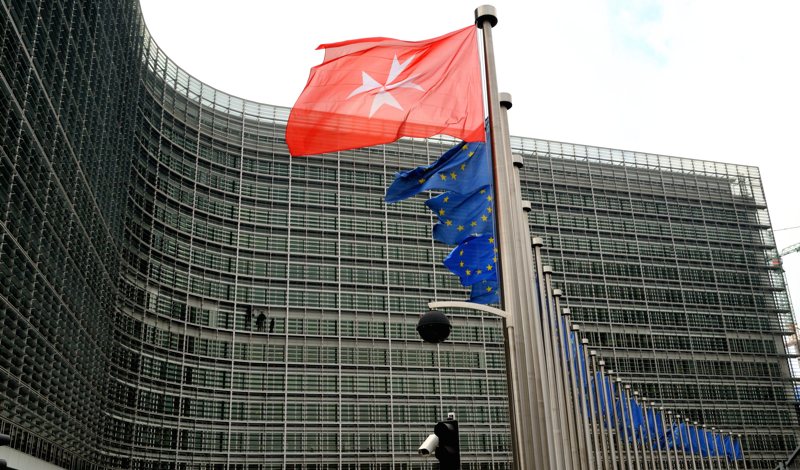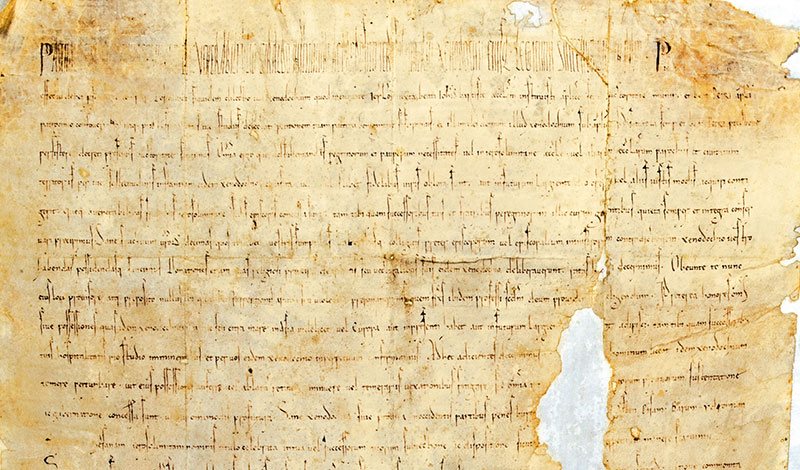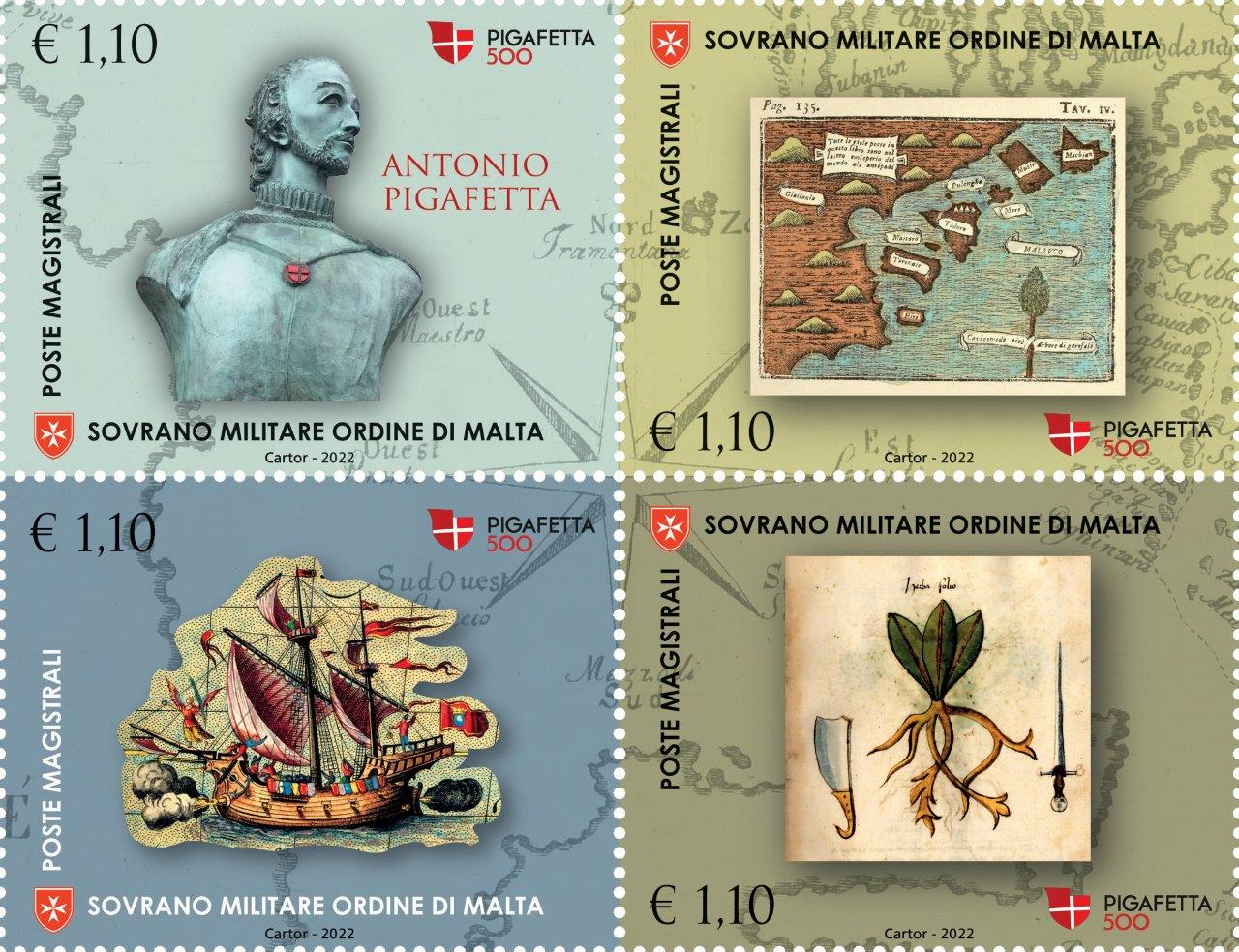On 6 September 1522 the ship Victoria returned to the port of Sanlúcar de Barrameda in Spain. She was the only survivor of the expedition begun over three years earlier commanded by the Portuguese Ferdinand Magellan.
The Captain General had set sail in search of a new route through the West and South America to reach the precious Spice Islands, the Moluccas, in present-day Indonesia. A long and hazardous expedition that revealed the sphericity of the earth and the possibility of circumnavigating it, as well as giving a first complete visualisation of the world. We learnt about this thanks to its historian Antonio Pigafetta, a nobleman from Vincenza and Knight of Rhodes, who joined the expedition by virtue of a letter from Charles I, King of Castile and Aragon. The same Charles who granted the island of Malta to the Hospitaller Order in 1530.
Ferdinand Magellan’s expedition represented an epochal discovery for the history of exploration, for the manners and ways in which European culture began to consider and know the Earth.
Magellan set forth with a Spanish fleet of five ships and 265 men to search for a passage through which Spain could reach the Spice Islands, avoiding crossing Portuguese possessions by passing from the Atlantic to the Pacific. After three years, surviving mutiny, disease and even the death of Magellan himself, a carrack managed to return. It was the Victory with only 18 men on board. One of these was Pigafetta, who recounted the adventurous journey in a book Relazione del primo viaggio attorno al mondo, written in 1522. A very important volume, written in the vernacular (with Venetian dialect references), recording the entire journey, describing natural contexts, inhabitants, customs, native languages, religious beliefs, products (especially the precious spices), fauna and flora, places – from Patagonia to the Philippines and beyond – while crossing three oceans. Antonio Pigafetta, Knight of Rhodes, dedicates his work to Order’s Grand Master, Philippe de Villiers de L’Isle-Adam.
The legendary value of this unfortunate, for the dramatic loss of so many men, but also fortunate expedition, because it changed the knowledge of the world, is demonstrated by the extraordinary editorial fortune of the Relazione, universally handed down from the 16th century to today. The precision and fidelity of the story, as well as the wealth of observations on the countries visited, makes it one of the most important texts in the history of exploration.
Poste Magistrali tribute
To celebrate the 500th anniversary of the first journey around the world, the Sovereign Order of Malta’s Poste Magistrali has issued four stamps dedicated to Antonio Pigafetta. A detail of a map of the Philippines and the Moluccas, with the Rose of the Winds in the centre, constitutes the background of all four stamps. It is taken from a work of 1800, conserved in the Order of Malta’s Biblioteca Magistrale in Rome.
The first stamp depicts the Victoria, the only ship to survive in the fleet, image taken from the Theatrum Orbis Terrarum by Abrahamus Ortelius of 1592. The second reproduces a sheet from an Herbarium manuscript, second half of the 15th century. Both pictures are taken from documents kept in the Biblioteca Civica Bertoliana in Vicenza. The other two stamps show respectively the bronze bust of Antonio Pigafetta, a copy of that in the monument in Campo Marzo, Vicenza and a table with a chart of the Moluccas, taken from the same work of the background map.

